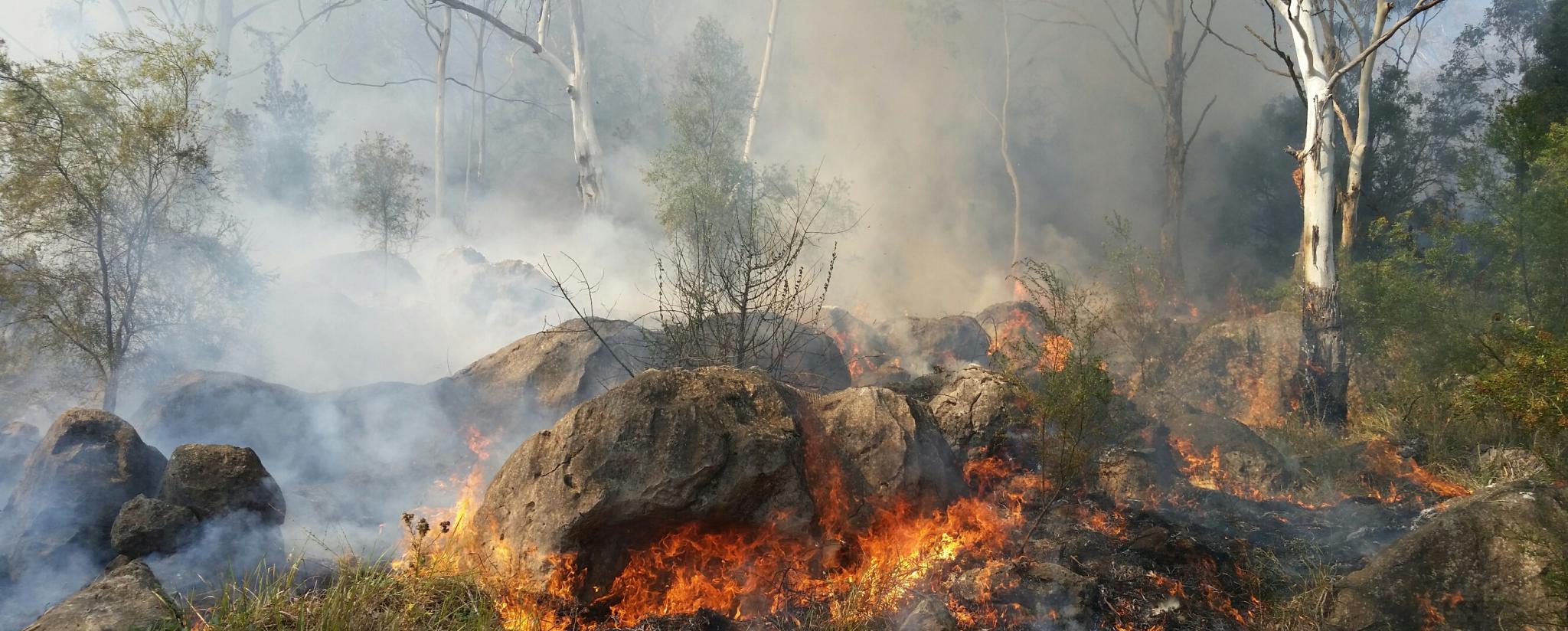BMP Basics: Securing Your Home Versus Bushfire Risks
BMP Basics: Securing Your Home Versus Bushfire Risks
Blog Article
Necessary Tips for Bushfire Management to Make Sure Fire Protection

Recognizing Bushfire Threat Levels
Understanding the differing levels of bushfire risk is important for efficient preparation and preparation in mitigating potential hazards to lives and buildings. Bushfire risk degrees are usually classified based on aspects such as weather problems, fuel availability, topography, and historic fire behavior. By understanding these risk levels, people and communities can proactively execute methods to lower vulnerability and enhance durability when faced with prospective bushfire events.
The first level of bushfire risk is low danger, where the probability of a bushfire happening and causing considerable injury is minimal. Risky levels indicate a significant threat, with conditions helpful to rapid fire spread and extreme fire behavior.
Understanding these bushfire threat degrees enables stakeholders to customize their readiness and action activities as necessary, ensuring a proactive and reliable technique to bushfire administration.
Developing a Defensible Room
Efficient bushfire administration begins with establishing a defensible space around residential properties to improve protection versus potential fire dangers. A defensible area is a barrier zone that develops a barrier in between a structure and the surrounding combustible vegetation. This room works as a critical line of protection, giving firemens a risk-free area to operate and assisting to minimize the threat of a fire infecting the home.
When developing a defensible room, it is important to think about the design of the residential property and the bordering landscape. Cleaning plants, particularly very flammable plants, within a specific span of the home can help avoid the rapid spread of fires. Furthermore, preserving a well-irrigated area around the residential or commercial property can additionally boost its defensibility.
Regular maintenance of the defensible area is critical to ensure its efficiency. This consists of cutting looming branches, getting rid of dead greenery, and keeping the location cost-free of debris. By investing time and initiative right into developing and keeping a defensible area, residential property proprietors can considerably improve their opportunities of shielding their homes and properties throughout a bushfire.
Carrying Out Fireproof Landscape Design
When creating landscapes to minimize the threat of bushfires, incorporating fire-resistant aspects is crucial for boosting home security and lowering fire threats. Select plants with high dampness web content, reduced oil content, and very little dead plant life to reduce the threat of fire spread.

Developing an Emergency Emptying Strategy
Developing a detailed emergency situation emptying strategy is vital for ensuring the safety and security and well-being of people throughout potential bushfire events (BAL Report). A reliable evacuation plan must outline clear procedures to adhere to in case of a bushfire danger, including assigned evacuation paths, assembly factors, and communication protocols
To start producing an emergency discharge strategy, it is necessary to analyze the specific dangers and susceptabilities of your area. Recognize multiple evacuation paths that lead to safe locations far from the fire, taking into consideration factors such as surface, road availability, and prospective hazards. Develop interaction networks to sharp homeowners of an impending evacuation, making use of approaches such as sirens, text informs, or door-to-door notifications.
Frequently evaluation and exercise the evacuation plan with all locals or neighborhood participants to make sure everybody recognizes their duties and roles. Conduct drills to evaluate the effectiveness of the strategy get redirected here and make any essential modifications. By having a well-prepared evacuation plan in area, you can boost the possibilities of a organized and risk-free evacuation during a bushfire emergency.
Preserving Fire Safety And Security Tools
After establishing a thorough emergency situation discharge prepare for bushfire occurrences, it is vital to prioritize the regular maintenance of fire safety and security devices to make sure optimum performance and preparedness. Regular upkeep of fire safety devices such as fire extinguishers, smoke detectors, emergency alarm, and lawn sprinkler is crucial in safeguarding lives and property throughout a bushfire. When needed., performing routine evaluations, testing, and maintenance of these gadgets by qualified experts is essential to assure they are in functioning order.
Fire extinguishers should be inspected frequently for stress levels, visible damages, and appropriate performance. By diligently preserving fire safety and security devices, people can enhance their preparedness and action capabilities in the event of a bushfire.
Verdict
To conclude, reliable bushfire administration includes comprehending threat levels, creating visit homepage defensible areas, applying fire-resistant landscape design, creating evacuation plans, and maintaining fire security devices. By following these necessary ideas, individuals can make certain better fire defense and security for their properties and neighborhoods. It is necessary to prioritize aggressive steps to alleviate the threats linked with bushfires and to be prepared for emergencies.
By comprehending the nuances of bushfire danger degrees, developing defensible spaces, executing fire-resistant landscaping, producing comprehensive discharge strategies, and making sure the maintenance of fire safety and security equipment, communities and individuals can substantially bolster their durability versus the devastations of wildfires - Bushfire Risk. These suggestions are not just important for safeguarding against instant fire threats but likewise for fostering long-term fire security techniques that can make a substantial distinction in the face of rising bushfire dangers
Risky levels signify a considerable threat, with conditions conducive to quick fire spread and severe fire habits. Regular upkeep of fire safety and security equipment such as fire extinguishers, smoke detectors, fire alarm systems, and sprinkler systems is important in guarding lives and building throughout a bushfire.In conclusion, reliable bushfire administration involves comprehending risk degrees, creating defensible rooms, executing fire-resistant landscaping, establishing evacuation strategies, and preserving fire security devices.
Report this page